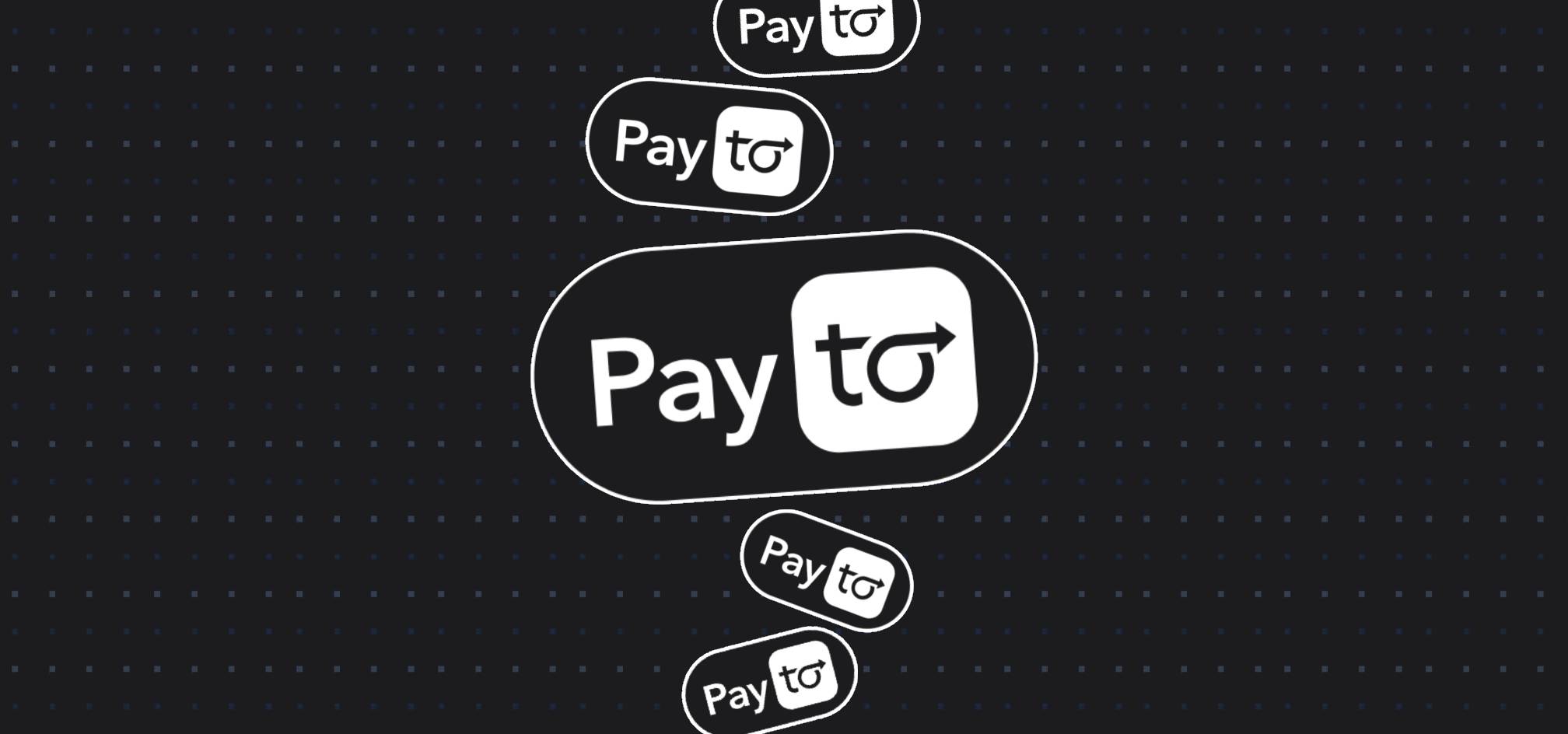When it comes to collecting tuition fees, there’s no shortage of payment options. But let’s be honest: some methods are a bigger headache than others. Enter direct debit—a simple, automated solution that’s been gaining traction in the education sector. However, like any payment method, it’s not all rainbows and sunshine. So, what’s the real deal? Let’s break it down: the good, the bad, and, yes, the downright ugly.
The good ol’ BECS Direct Debit
BECS Direct Debit is the tried-and-true method for Australian institutions. It’s been around for decades, and it’s a reliable choice for collecting tuition fees. But is it all it’s cracked up to be? Let’s find out.
👍 The Good of BECS Direct Debit
Fast and Simple Setup: Setting up BECS (Bank Electronic Clearing System) Direct Debit is about as straightforward as it gets. With everything moving online, the process is quicker than ever. Forget paper forms and snail mail; institutions can set up agreements with students 100% digitally. Fast, easy, and efficient—what’s not to love?
Works with Any Australian Bank Account: One of the biggest perks? BECS Direct Debit works with virtually any bank account in Australia. Whether it’s a student’s savings account or their parents’ joint account, there’s no need to fuss over compatibility. As long as they have a BSB and account number, you’re good to go.
Cost-Effective (Sometimes): Here’s a nugget to chew on: BECS Direct Debit can often be more affordable than newer systems like PayTo. For schools and education agents dealing with tight margins, every dollar saved counts. Plus, the savings can be passed on to students, which is always a good look.
Flexible workflow: BECS Direct Debit leaves much of the compliance burden on your shoulders. This flexibility allows you to tailor the workflow to your needs, by for example, pre-filling up Direct Debit Request forms, or guiding the student through the process. You have to ensure you’ve dotted every ‘i’ and crossed every ‘t’ because the system itself is highly permissive. While this flexibility can be an advantage, it also opens the door to potential missteps.
👎 The Bad of BECS Direct Debit
Lack of Transparency on Failures: Here’s the frustrating part: if a payment fails, the reasons can be vague. Is it insufficient funds? An incorrect BSB? Did the student cancel the authority? You might be left playing detective, which eats up time you probably don’t have.
Higher Fees with Some Providers: Not all direct debit providers are created equal. Some charge steep fees per transaction, which can add up quickly for institutions processing hundreds (or thousands) of payments. And let’s not forget the hidden fees—cancellation charges, setup costs, or additional fees for failed payments. Ouch.
Manual Follow-Up is Still Needed: Automation sounds great, but BECS Direct Debit doesn’t always eliminate the need for manual follow-ups. When payments fail, someone still needs to reach out to students or families, and that’s extra admin work.
Low Transaction Limits: BECS Direct Debit in itself doesn’t have transaction limits, but some payment providers, aiming to limit risks may impose fairly low limits. While this might not be an issue for most institutions, it can be a deal-breaker for larger payments, especially for institutions and education agents interested in receiving tuition fee payments using BECS Direct Debit. If you’re dealing with high-value transactions, you might need to look elsewhere (or work with Qualy, we understand the needs of the education sector).
🙁 The Ugly of BECS Direct Debit
Slow Settlement Times: Let’s talk about the elephant in the room: settlement times. Payments processed via BECS Direct Debit can take several days to clear. For institutions that rely on cash flow to stay afloat, this delay can be a serious pain point.
Students Need Their BSB and Account Numbers: While it seems like a small ask, requiring students to provide their BSB and account numbers can be tricky. Not everyone has that information handy, and it can lead to unnecessary delays or errors.
Risk of Disputes: Direct debits are easier for students to dispute compared to some other payment methods. If a student claims they didn’t authorize a debit, you’ll need a robust audit trail to prove otherwise. And let’s face it, disputes are messy and time-consuming.
PayTo: The New Kid on the Block
If BECS Direct Debit is the dependable veteran, PayTo is the shiny new recruit. But does it live up to the hype? Let’s find out.
👍 The Good of PayTo
Instant Authorization: With PayTo, payments are authorized in real time. No more waiting days for approvals. Students can link their bank account to your system almost instantly, and that’s a game-changer.
Works for Payment Plans: PayTo is tailor-made for recurring payments like tuition fees. It’s flexible, modern, and eliminates some of the old-school hassles of traditional direct debits, such as low transaction limits.
Stronger Compliance Features: PayTo’s built-in compliance features go above and beyond BECS. For example, it allows users to view and manage their payment agreements directly from their banking app. Transparency? Check.
Clear Error Messages: PayTo provides clear error messages when a payment fails. This can save time and effort in tracking down the issue, and help you resolve it faster. You will know if the payment failed because of insufficient funds, or if the student cancelled the payment agreement. Plus, you know if the error is just temporary, or if you need to take action.
👎 The Bad of PayTo
Higher Costs (Sometimes): All that innovation comes at a price. PayTo can be more expensive to implement than BECS, especially for smaller institutions. The cost-benefit equation might not work out for everyone—but for Qualy customers, the cost is the same as BECS, making it a much more attractive option.
Compatibility Issues: PayTo is still in its infancy, which means not all banks or systems fully support it yet. For schools or agents working with international students, this could pose a problem. In our experience, most personal accounts in Australian banks support PayTo. Support for business accounts is more limited, but it’s growing.
🙁 The Ugly of PayTo
Steep Learning Curve: Because PayTo is so new, there’s a bit of a learning curve for both institutions and students. Training staff and educating students about how it works can take time and effort—especially since it’s often the student’s first time dealing with such a system, and they might not even know where to find the right options in their online banking app.
Disruptive Transition: Switching to PayTo from a traditional direct debit system isn’t always smooth sailing. While it’s possible to move from one system to the other, you may need a lot more information than current alternatives like PayAdvantage allows you to extract. Migration can be disruptive and might require resources to get everything up and running.
Student Control: One unique aspect of PayTo is that students can cancel or pause their payment agreements anytime directly from their banking app. While this provides great flexibility for students, it also means institutions must stay vigilant about monitoring changes and following up to ensure payments remain on track.
Conclusion: What’s Right for Your Institution?
So, where does that leave us? Each direct debit system has its perks and pitfalls. BECS is a reliable choice for Australian payments, while PayTo brings modern flexibility at a potentially higher cost.
The key is understanding your institution’s unique needs. Are you focused on cost-saving? Speed? International compatibility? By weighing the good, the bad, and the ugly of each payment option, you’ll be better equipped to choose the right solution for your students and your bottom line.
After all, managing tuition fees shouldn’t be a chore. With the right tools, it can be seamless—or at least close enough!
PS: If you also operate in Europe, check out our article discussing SEPA Direct Debit , the European equivalent of BECS Direct Debit. It’s a whole different ball game!


